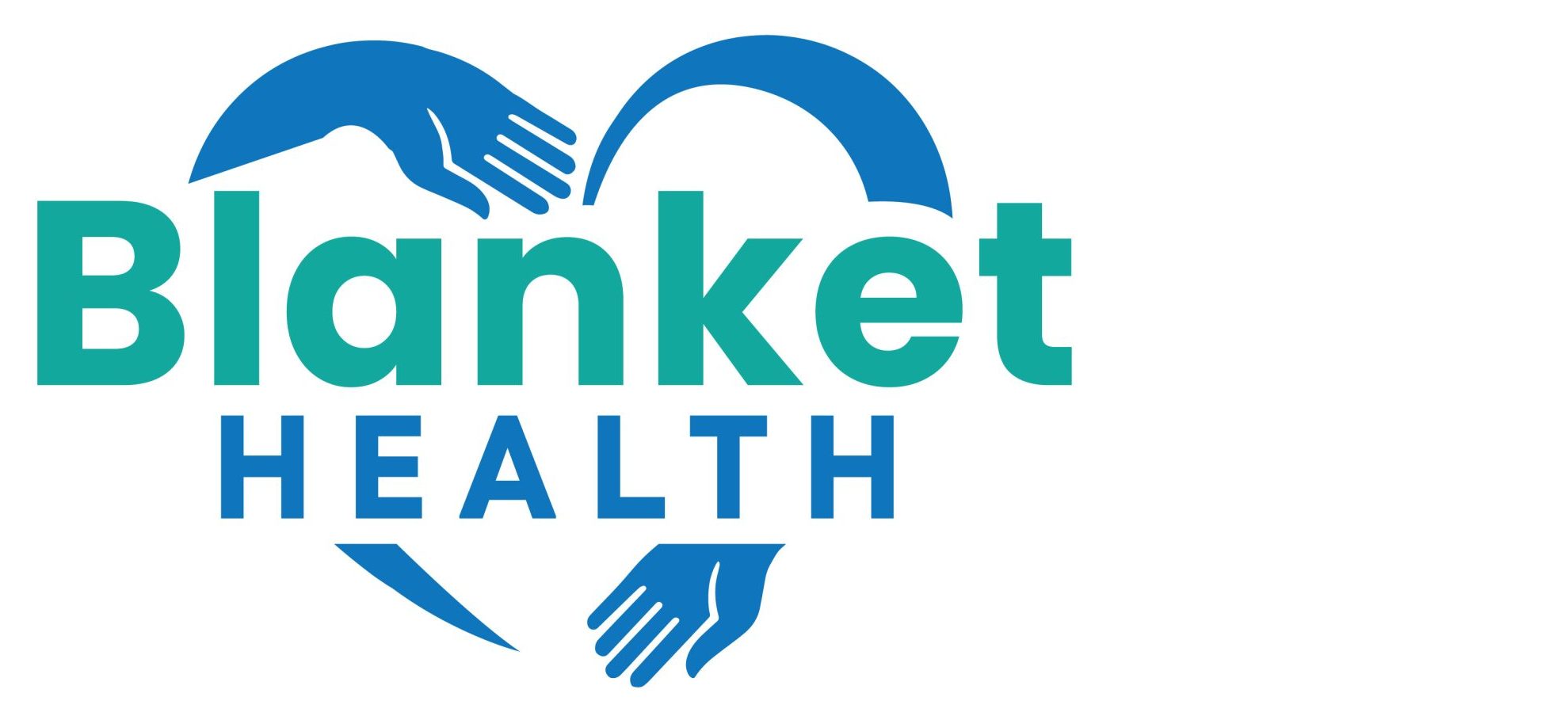Heart disease, often used interchangeably with cardiovascular disease, is a leading global health concern that affects millions of people each year. It encompasses a range of conditions that impact the heart and blood vessels, potentially leading to serious complications and even death. In this comprehensive article, we will delve into the world of heart disease, examining its causes, risk factors, prevention strategies, and treatment options, with the aim of promoting awareness and better heart health for all.
I. Understanding Heart Disease
A. Defining Heart Disease
Heart disease, also known as cardiovascular disease (CVD), is an umbrella term that encompasses various conditions affecting the heart and blood vessels. These conditions include coronary artery disease, heart failure, arrhythmias, and valvular heart disease, among others. While each condition presents unique characteristics, they all have the potential to disrupt the heart’s vital functions.
B. The Global Burden of Heart Disease
Heart disease is a global health crisis, responsible for a significant number of deaths worldwide. According to the World Health Organization (WHO), an estimated 17.9 million people die from CVDs each year, making it the leading cause of death globally. This includes conditions like heart attacks and strokes.
II. Common Types of Heart Disease
 A. Coronary Artery Disease (CAD)
A. Coronary Artery Disease (CAD)
CAD occurs when the blood vessels (coronary arteries) that supply oxygen and nutrients to the heart muscle become narrowed or blocked by the buildup of cholesterol and other substances, known as plaque. This can lead to angina (chest pain) or heart attacks.
B. Heart Failure
Heart failure is a condition in which the heart is unable to pump blood effectively, causing symptoms like fatigue, shortness of breath, and fluid retention. It can result from various heart conditions, including CAD, hypertension, and valvular diseases.
C. Arrhythmias
Arrhythmias are irregular heart rhythms that can cause the heart to beat too quickly (tachycardia), too slowly (bradycardia), or erratically. They may lead to palpitations, dizziness, or even fainting.
D. Valvular Heart Disease
Valvular heart disease involves problems with the heart valves, which control blood flow within the heart. Conditions like mitral valve prolapse or aortic stenosis can disrupt this process, leading to symptoms and complications.
III. Risk Factors for Heart Disease
A. Modifiable Risk Factors
- High Blood Pressure (Hypertension): Elevated blood pressure is a major risk factor for heart disease, as it strains the heart and blood vessels.
- High Cholesterol: Elevated levels of LDL (low-density lipoprotein) cholesterol, often referred to as “bad” cholesterol, can contribute to plaque buildup in the arteries.
- Smoking: Tobacco use is a significant risk factor for heart disease, as it damages blood vessels and reduces oxygen supply to the heart.
- Obesity: Excess weight increases the risk of heart disease by promoting conditions like hypertension and diabetes.
- Physical Inactivity: A sedentary lifestyle is associated with various heart disease risk factors, including obesity and hypertension.
B. Non-Modifiable Risk Factors
- Age: The risk of heart disease increases with age, with most cases occurring in individuals aged 65 and older.
- Gender: Men generally face a higher risk of heart disease than premenopausal women. However, after menopause, the risk becomes more similar.
- Family History: A family history of heart disease can increase an individual’s risk, especially if close relatives developed heart disease at a young age.
IV. Prevention and Lifestyle Changes
A. Healthy Diet
A heart-healthy diet is rich in fruits, vegetables, whole grains, lean proteins, and low-fat dairy products. It limits saturated and trans fats, sodium (salt), and added sugars.
B. Regular Exercise
Physical activity is crucial for heart health. Aim for at least 150 minutes of moderate-intensity aerobic activity or 75 minutes of vigorous-intensity aerobic activity per week, along with muscle-strengthening activities on two or more days a week.
C. Smoking Cessation
Quitting smoking is one of the most significant steps individuals can take to reduce their heart disease risk. The benefits start almost immediately and continue over time.
D. Weight Management
Maintaining a healthy weight through a balanced diet and regular physical activity can lower the risk of heart disease.
E. Blood Pressure and Cholesterol Control
Regular check-ups and adherence to prescribed medications can help control hypertension and high cholesterol levels.
V. Diagnosis and Treatment
 A. Diagnosis
A. Diagnosis
Diagnosing heart disease often involves a combination of medical history, physical examinations, blood tests, imaging tests (e.g., echocardiography), and diagnostic procedures like angiography.
B. Treatment Options
Treatment for heart disease varies depending on the specific condition but may include:
- Medications: Drugs to manage blood pressure, cholesterol, and heart rhythms are often prescribed.
- Lifestyle Modifications: Changes in diet, exercise, and smoking cessation are essential components of treatment.
- Medical Procedures: In some cases, medical procedures such as angioplasty, stent placement, or coronary artery bypass surgery may be necessary to improve blood flow to the heart.
- Cardiac Rehabilitation: Rehabilitation programs help individuals recover from heart-related procedures and improve heart health.
Heart disease is a complex and widespread health issue with serious consequences if left unaddressed. However, understanding its causes, risk factors, and prevention strategies empowers individuals to take control of their heart health. By adopting a heart-healthy lifestyle, seeking regular medical check-ups, and adhering to prescribed treatments when necessary, we can collectively reduce the burden of heart disease and pave the way for longer, healthier lives.



 A. Coronary Artery Disease (CAD)
A. Coronary Artery Disease (CAD) A. Diagnosis
A. Diagnosis 5. Cardiomyopathy:
5. Cardiomyopathy:
